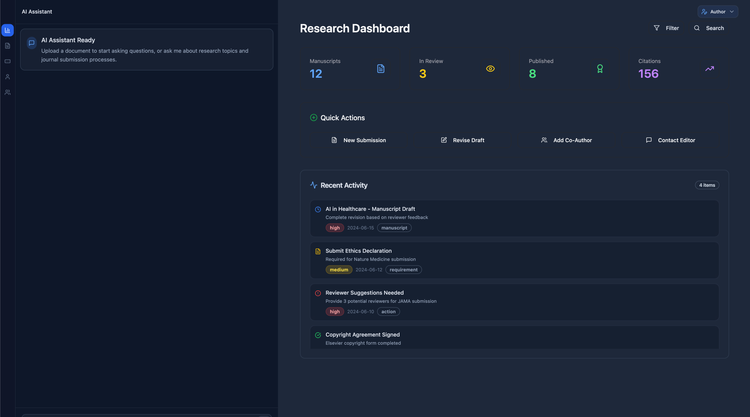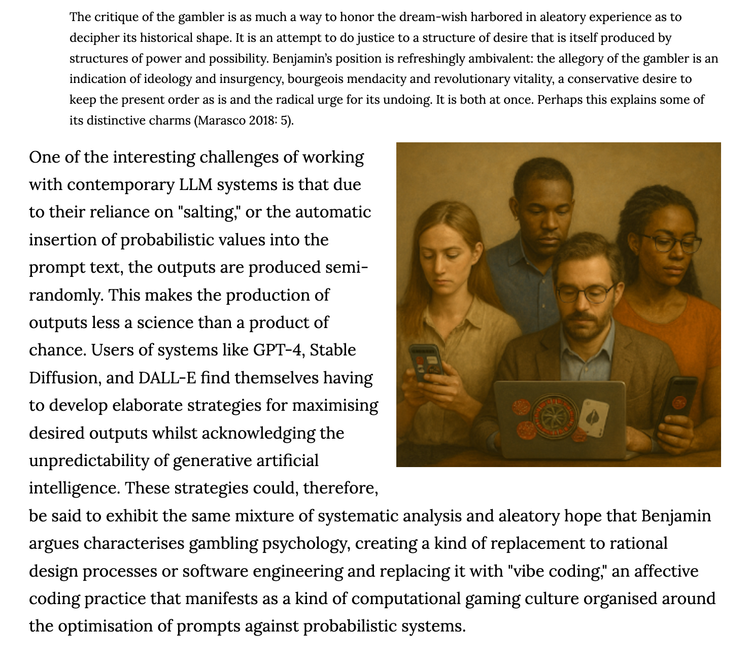Adaptive Media

The current transformation in media, driven by AI, heralds a new era of personalized content. This shift can be best understood as the latest phase in a historical progression that has increasingly moved authorship and the ability to distribute to users.
In the 20th century, the mass media landscape was defined by a one-to-many distribution model. Limited media outlets such as books, radio, and television networks catered to broad audiences. The content largely mirrored the perspectives of a select group of publishers and editors, leaving little room for audience-generated content.
The advent of the 21st century marked a paradigm shift with the rise of social media, shattering the previously centralized control. These platforms empowered users to express their opinions, engage in discussions, and share personal content like photos, videos, and thoughts. This era was characterized by a many-to-many communication model. However, this newfound freedom also gave rise to challenges like online harassment, the spread of misinformation, and the influence of popularity-driven algorithms.
Presently, AI-driven tools like chatbots and generative writing applications are introducing a new dynamic of immediate, individualized, and interactive content creation. Users can now solicit bespoke responses, stories, images, or videos, tailored to their unique preferences, signifying a shift to a many-to-one information flow. This evolution raises critical questions about the extent of personalization, the implications of automation, and the inherent biases in systems that claim to cater to individual needs.
The trajectory of media has consistently moved towards greater access and individual agency with each technological advancement. However, each leap also brings significant societal implications. In the emerging era of 'adaptive media', we face the dual challenge of capitalizing on the immense opportunities for personalized, interactive content while concurrently addressing the risks of data privacy violations, algorithmic bias, content veracity, and the continued erosion of shared public discourse.
© Adam Hyde, 2024, CC-BY-SA
Image public domain, created by MidJourney from prompts by Adam.






Member discussion